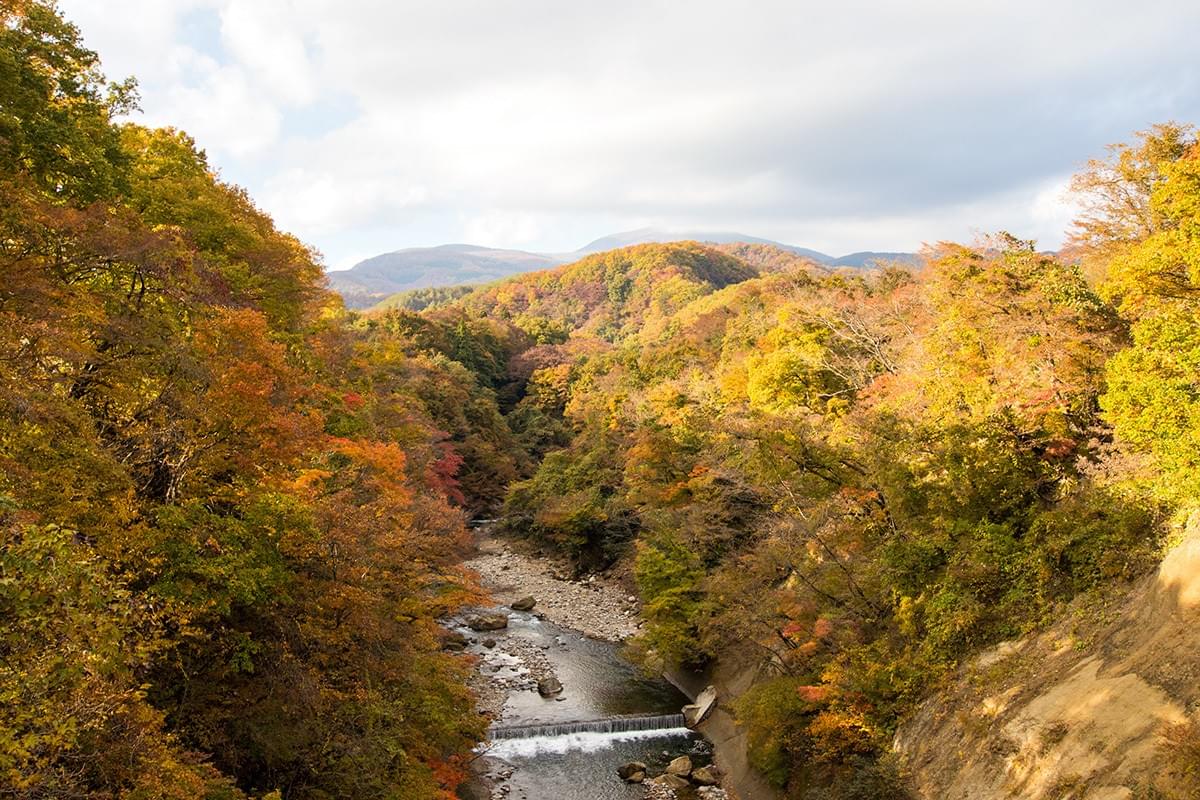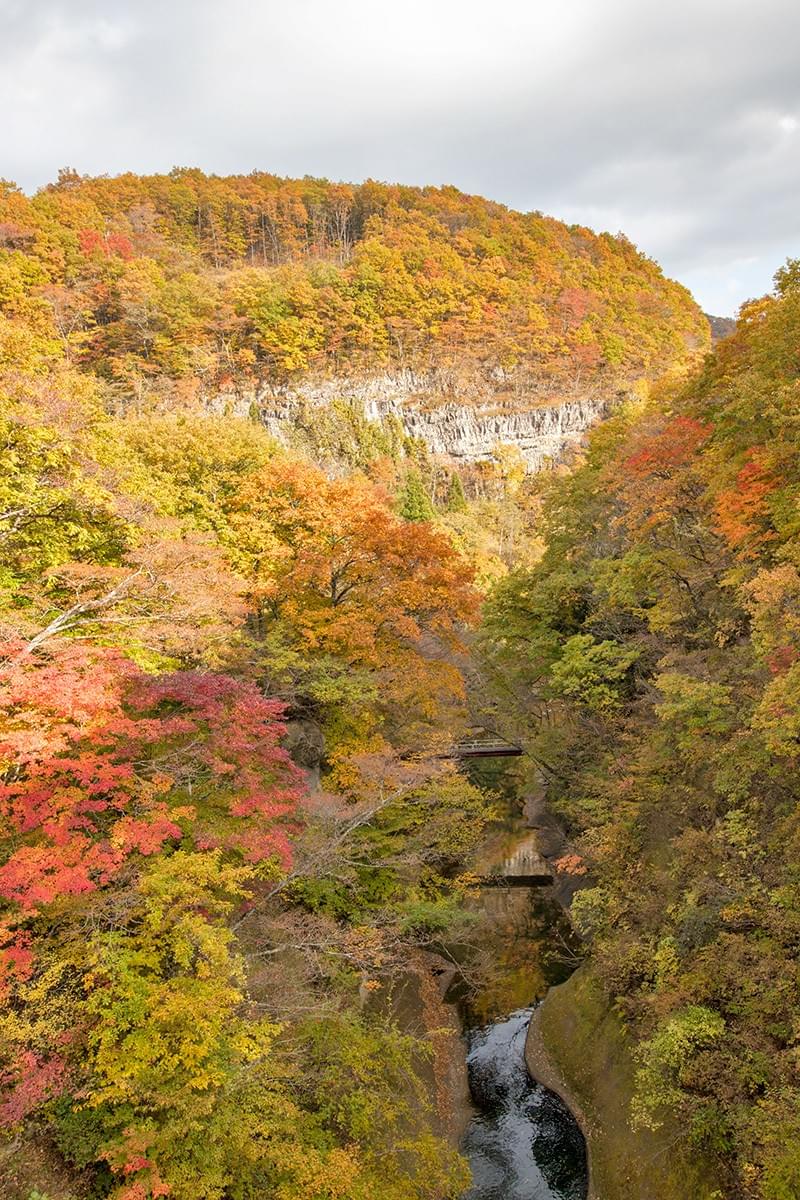Location: Aoba Ward, Sendai
Exploring Japan's Traditions
There are many things that make Japan so fascinating for us, foreigners. Japanese culture, Japanese art, Japanese food and... of course, Japanese religion and folk beliefs.
There is an impression, that Shinto is basically dealing with rituals of life and Buddhism is taking care of the death realm. However, it is not 100% true. Indeed, Shinto shrines rarely take over funerals, but a Shinto funereal rite does exist. And there are plenty of beliefs associated with life that can be found in a Buddhist temple.
Saihoji Temple, or Johgi Nyorai, located in a scenic mountainous area in Okura, Sendai, is a place dedicated to prayers for happy weddings, easy childbirth, health and success. And just by being there, by beholding this majestic landscape and listening to the sounds of the temple’s bell and birds singing, you can accumulate a sense of peaceful happiness.

The history of Joghi Nyorai started in 12th century, when the Taira clan was defeated at the battle of Dannoura. Sadayoshi Taira, having with him a precious scroll with buddha Amida, ran from the winning Minamoto clan to the North, where he took buddhist precepts, changed his name to Joge (later distorted and became Johgi) and prayed for his fallen family until his death in 1198. His followers built a small temple in his memory and enshrined the scroll there. For many centuries the temple was venerated only by the locals, until a local leader, Genbei Hayasaka, became a priest in 1706 and built Saihoji to take care for the scroll.
Today, Saihoji is a prominent Jodo-shu temple, concentrating on worldly prayers. But even if you are not a Buddhist, this place is a good sight-seeing spot.
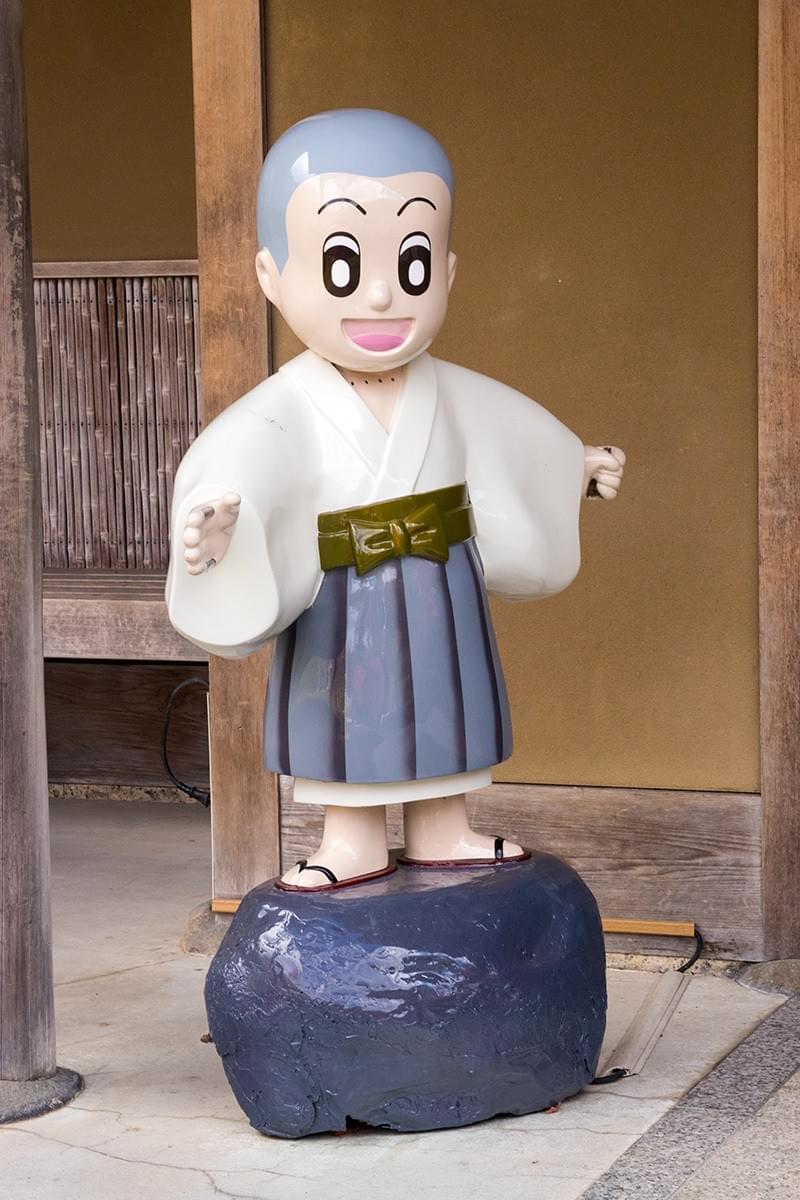
The main path towards the temples’ grounds is lined with souvenir shops and small cafes.
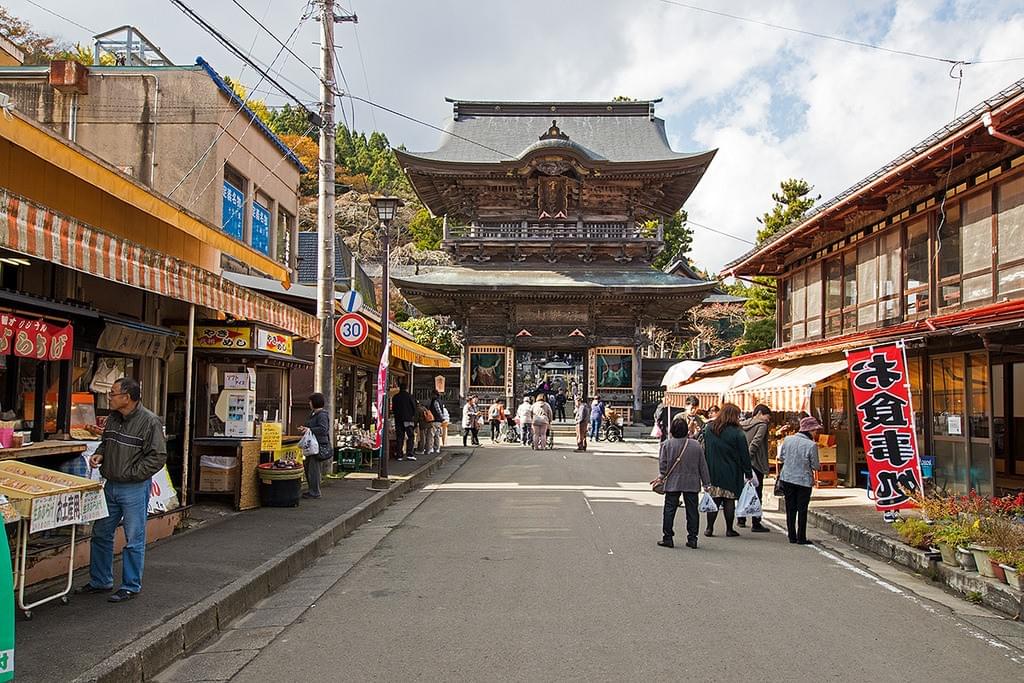
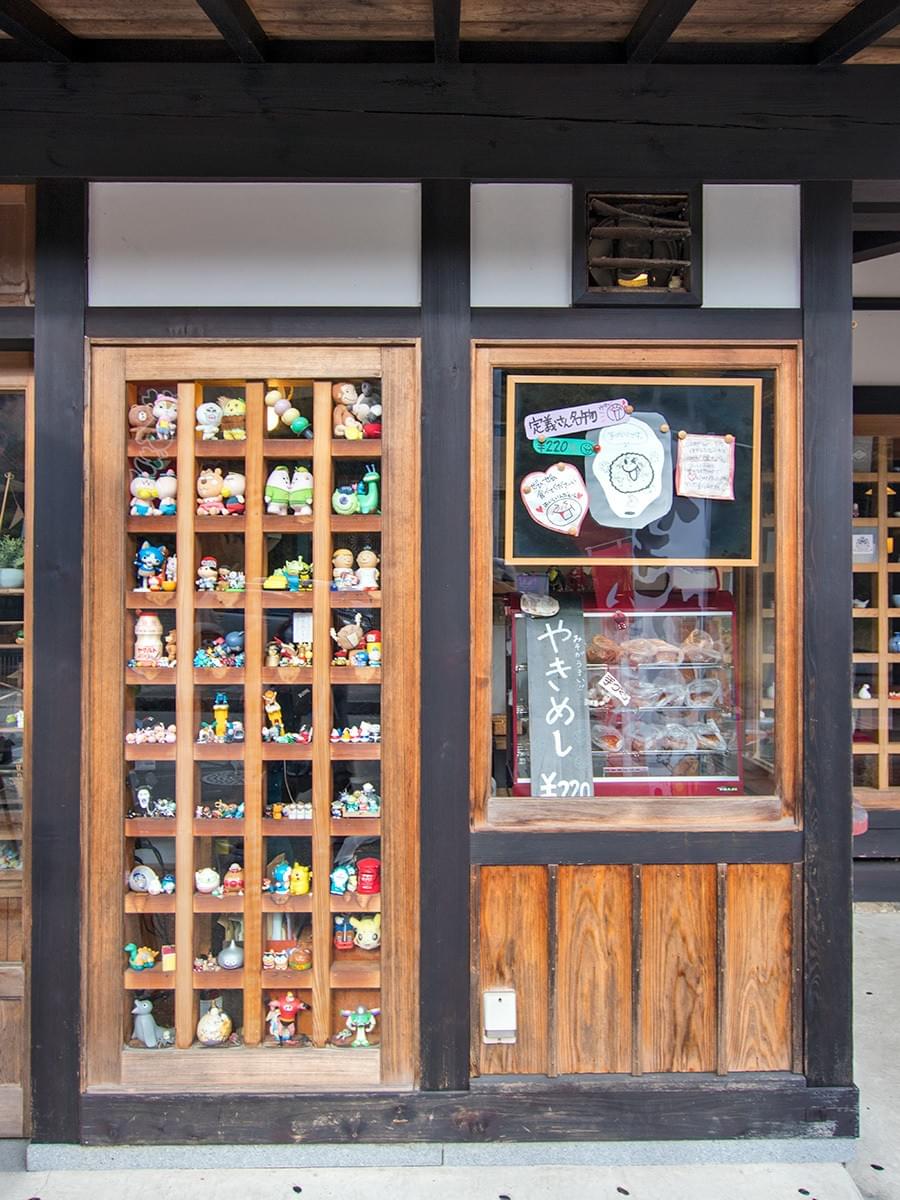
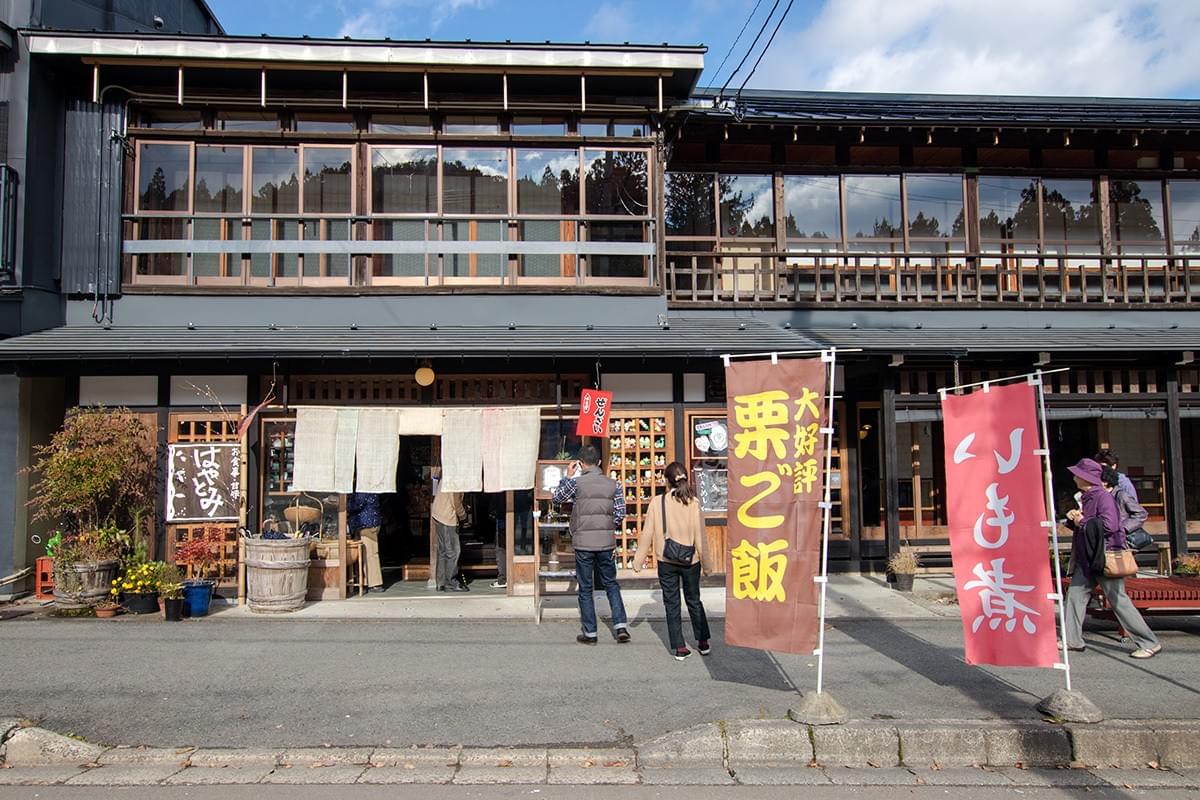
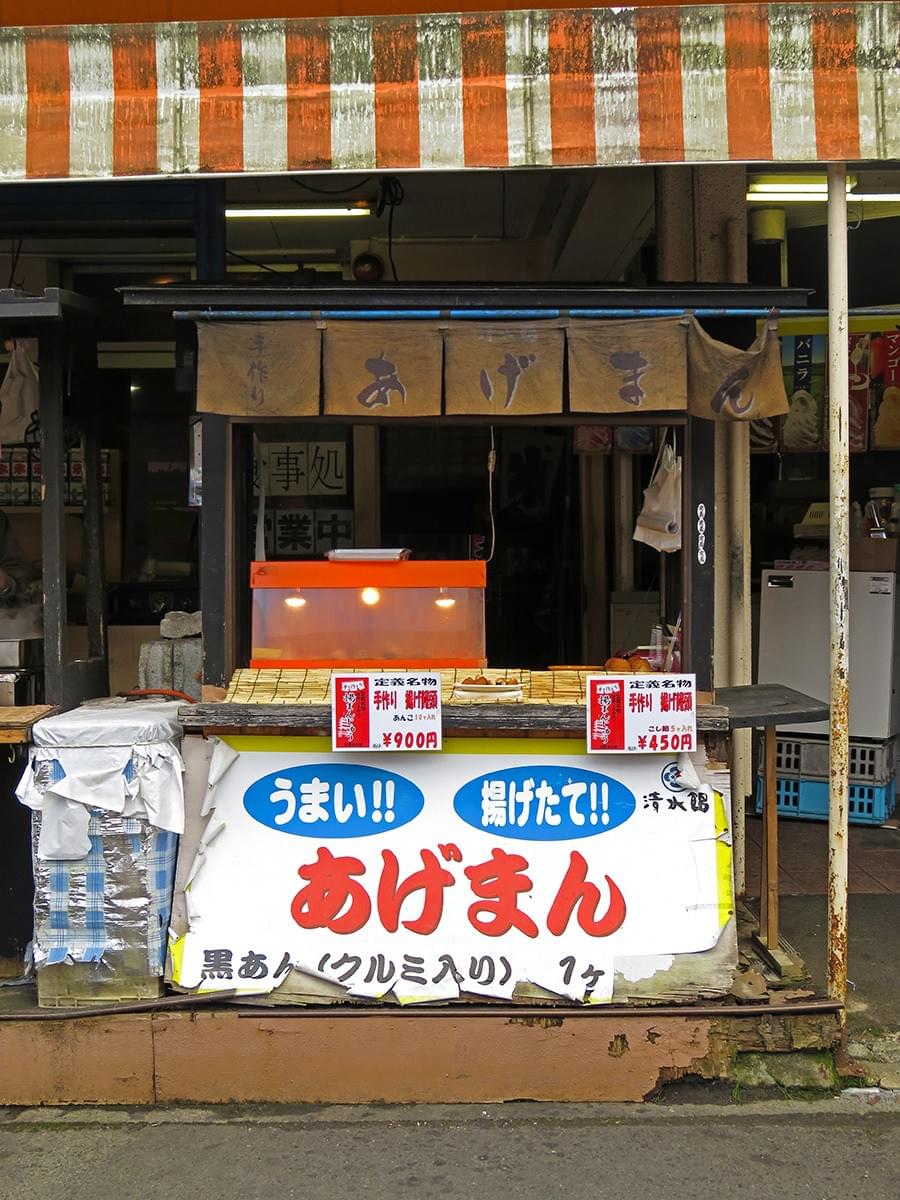
Here visitors stop to have a light meal - mostly a big piece of deep-fried tofu that Johgi Nyorai is especially famous for and a fried rice ball.
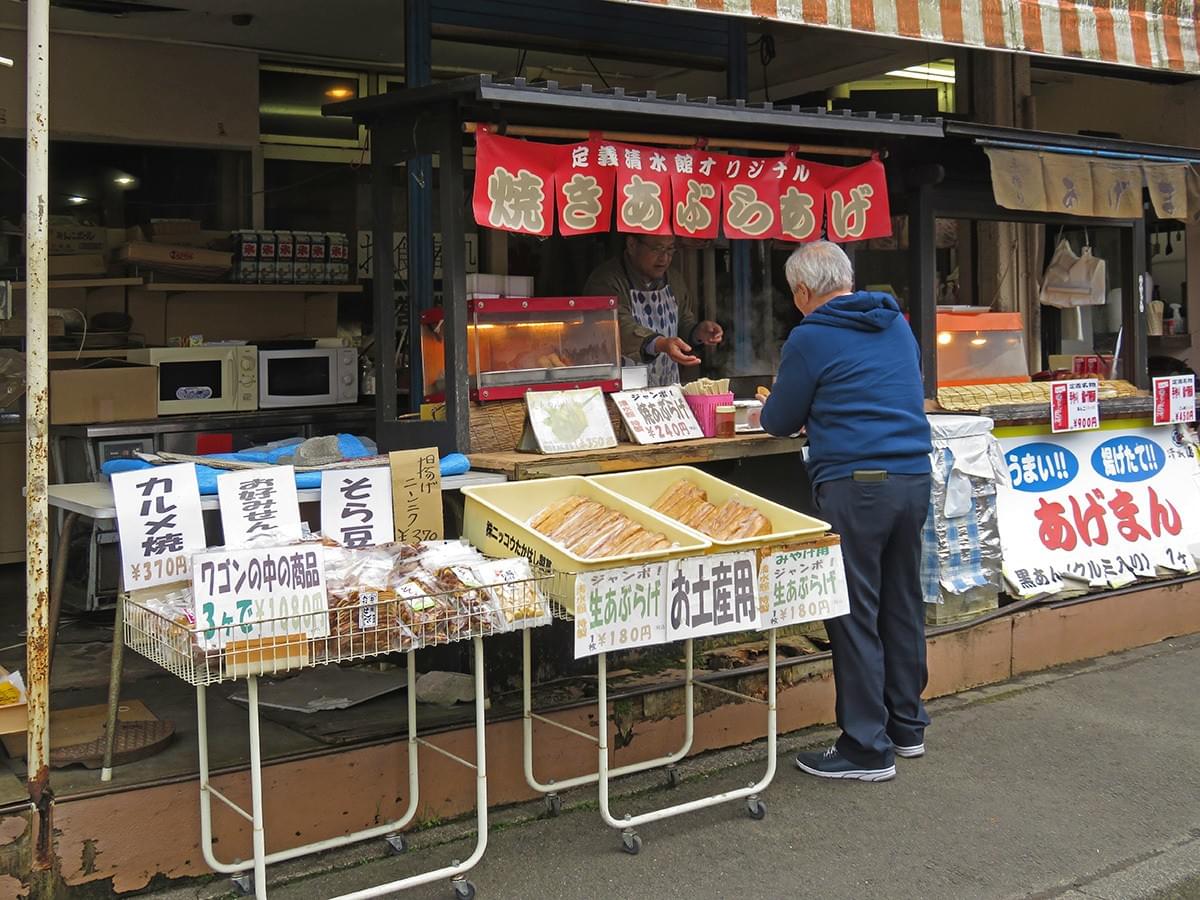

After enjoying the simple yet delicious country-style lunch, we approach the main gate with its fierce-looking Kongorikishi- the protectors of the temple. The original mausoleum for Sadayoshi Taira can still be seen (although it has been rebuilt several times, the last one is in 1927), and it is absolutely ok to go inside to see a small altar, the grave of Sadayoshi.
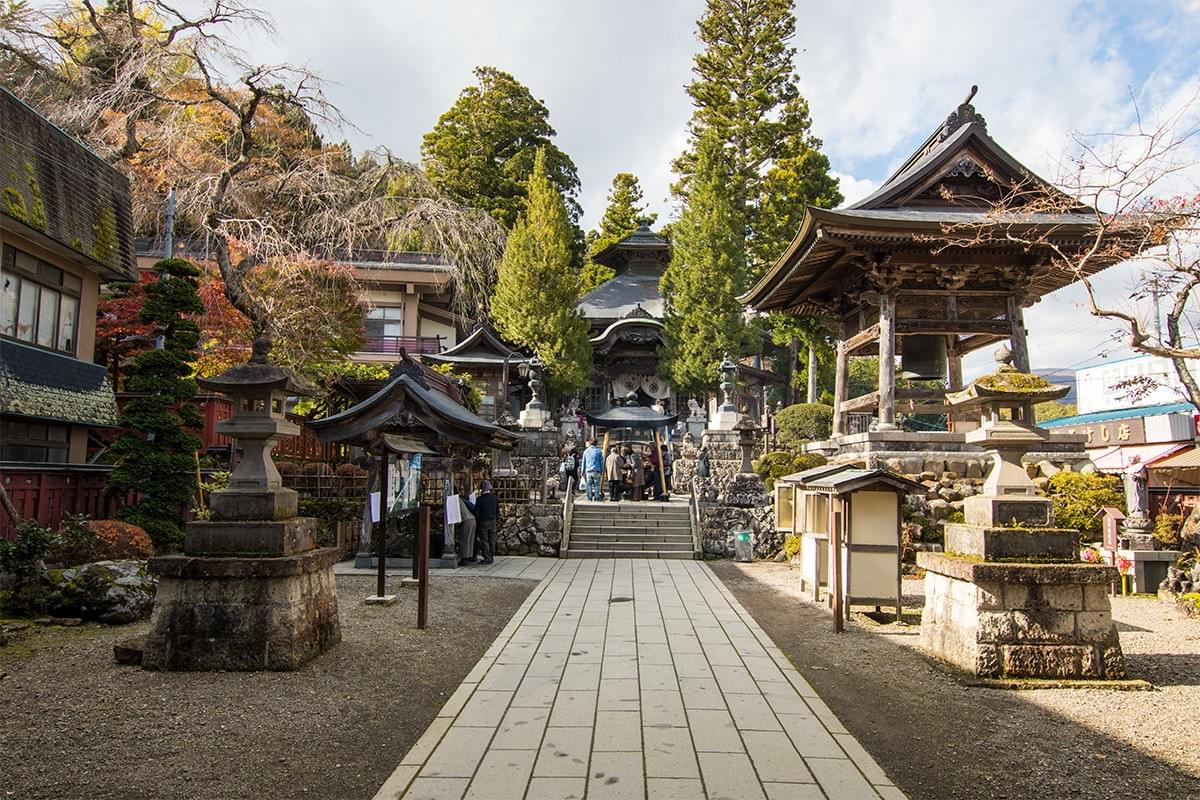
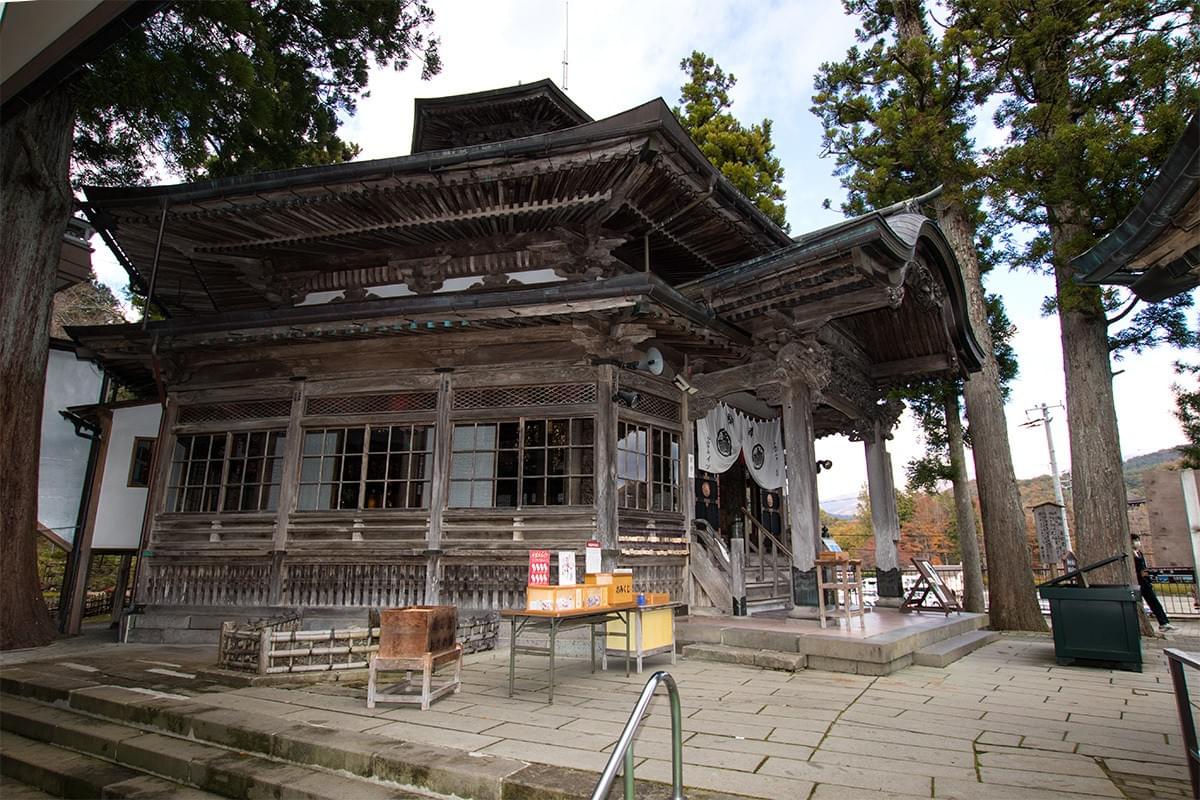
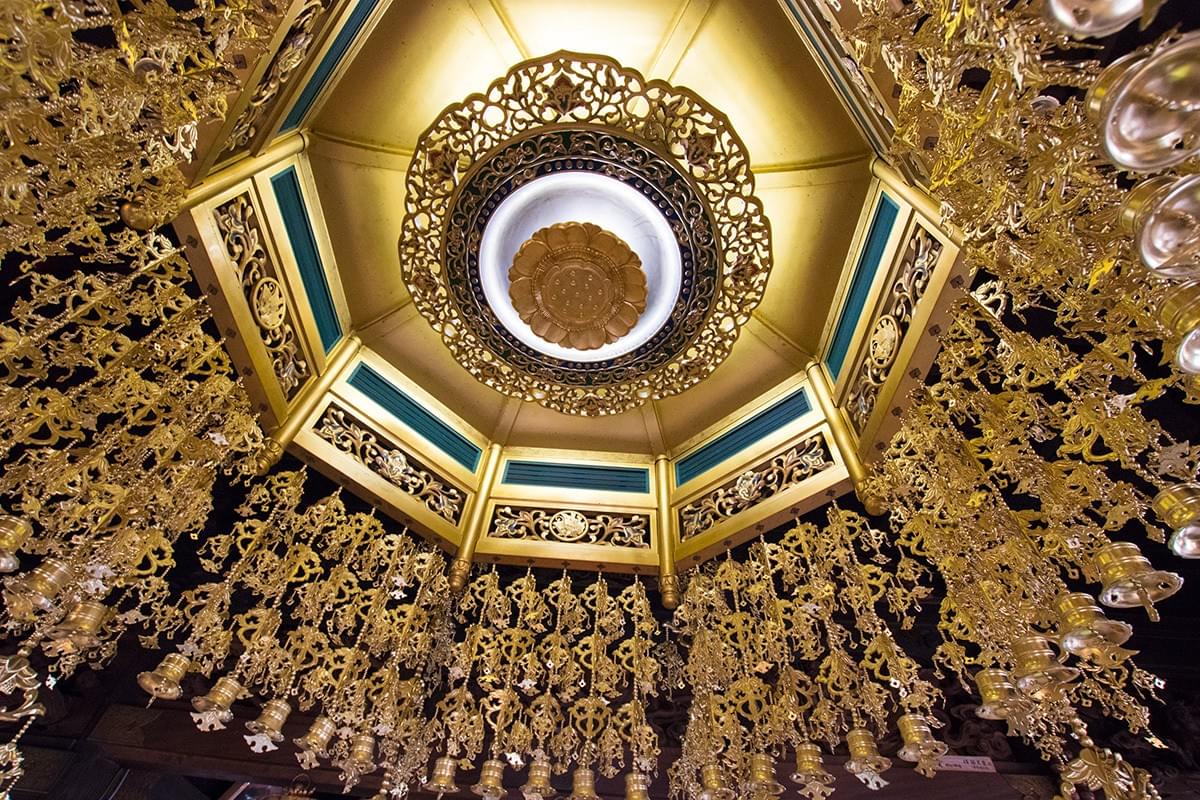
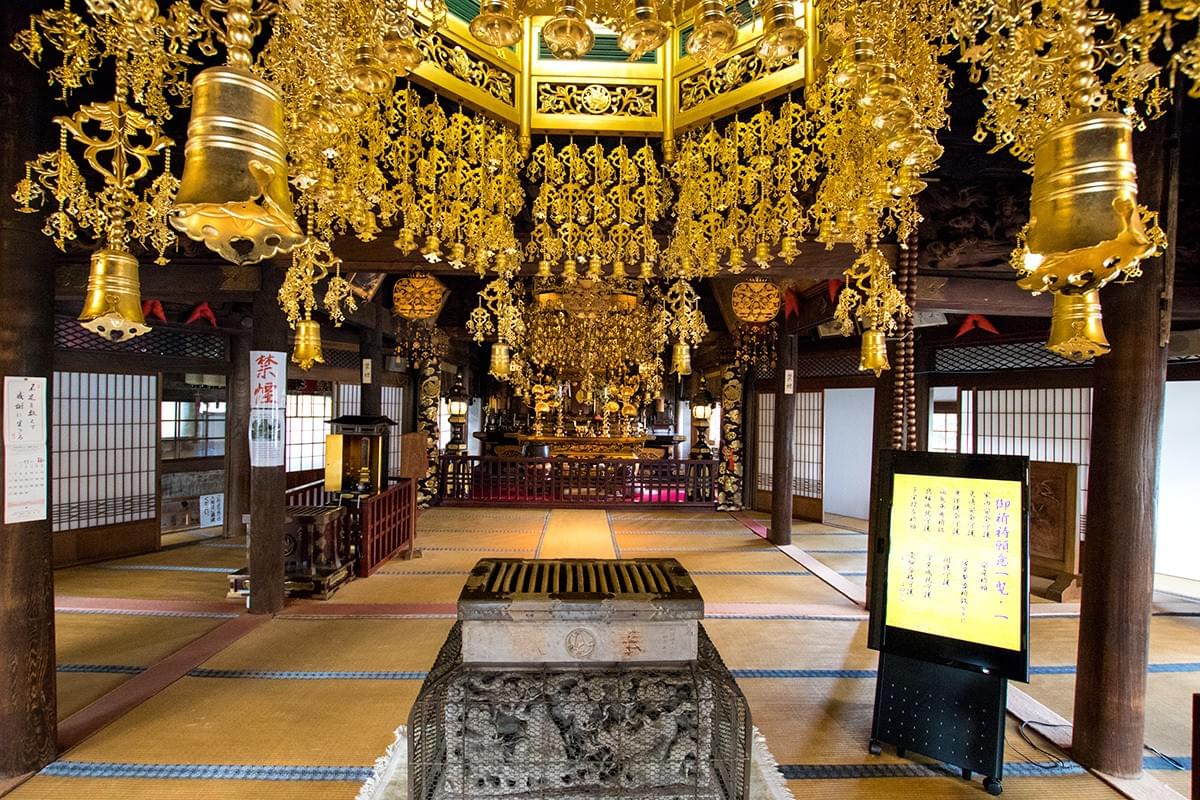

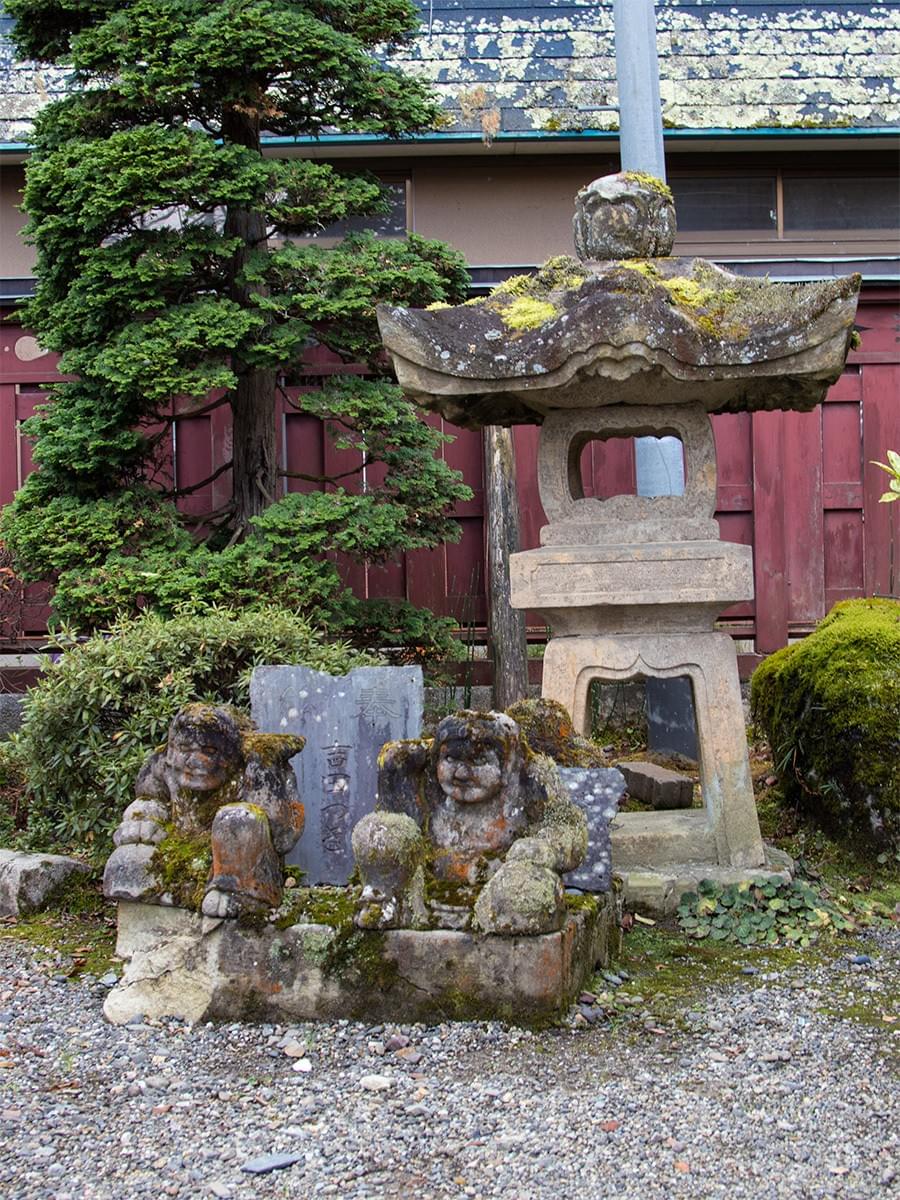
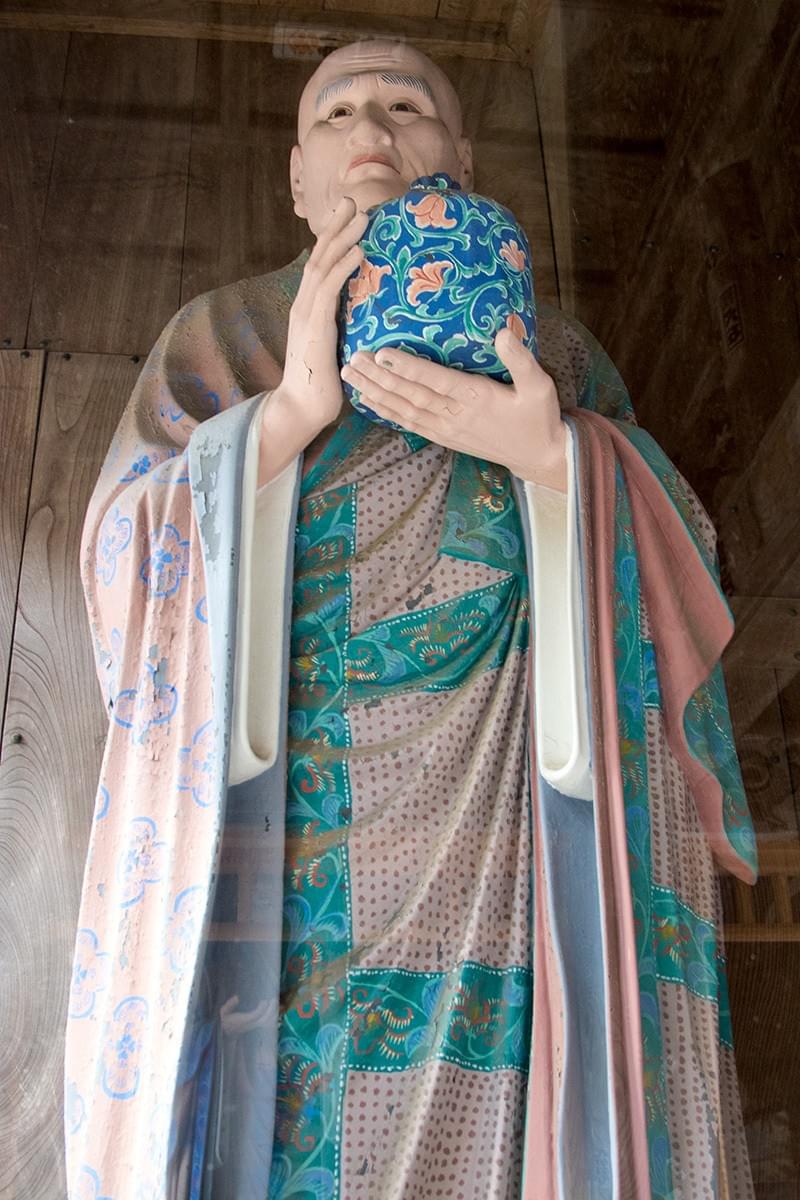
When you leave the Sadayoshi mausoleum, go see the Emperor’s hill - two sacred trees of marriage where Sadayoshi buried the belongings of a child Emperor Antoku, who died when he was only 8 years old. The trees planted on top of the grave joined above and grew together as one, thus becoming the main spot to pray for a happy marriage and an easy childbirth.
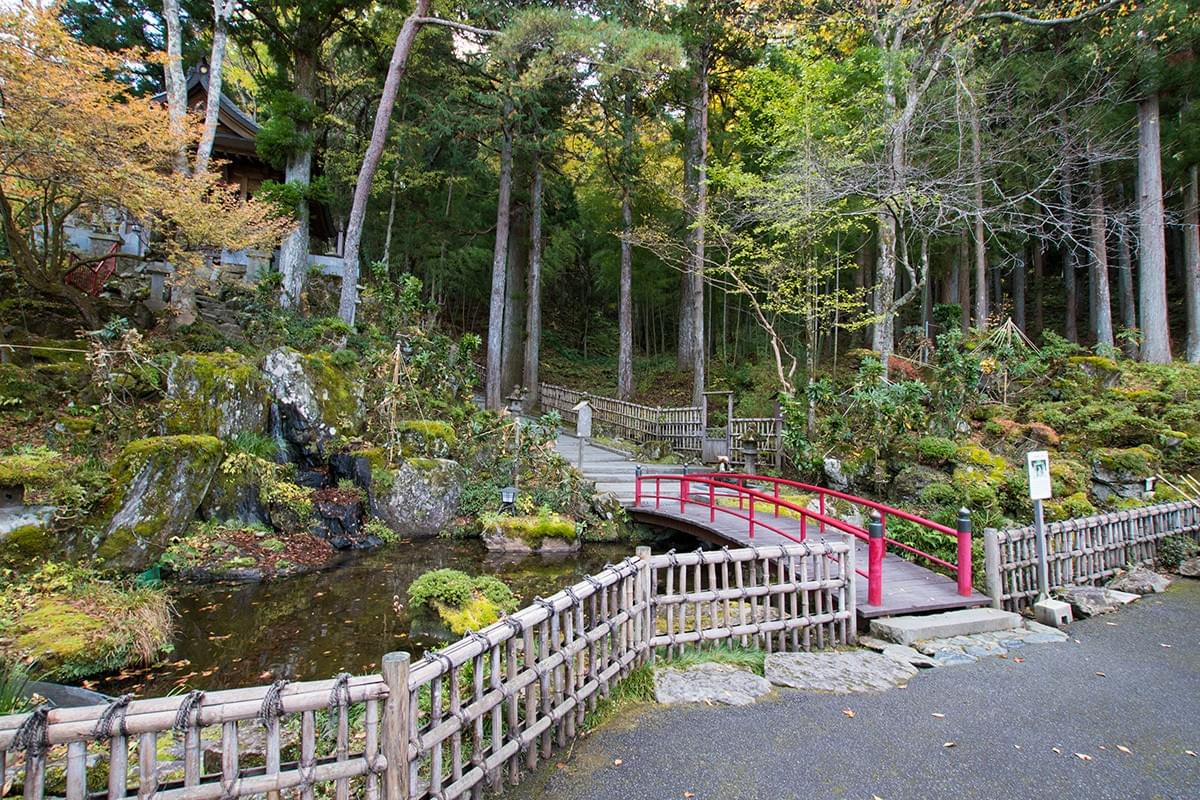
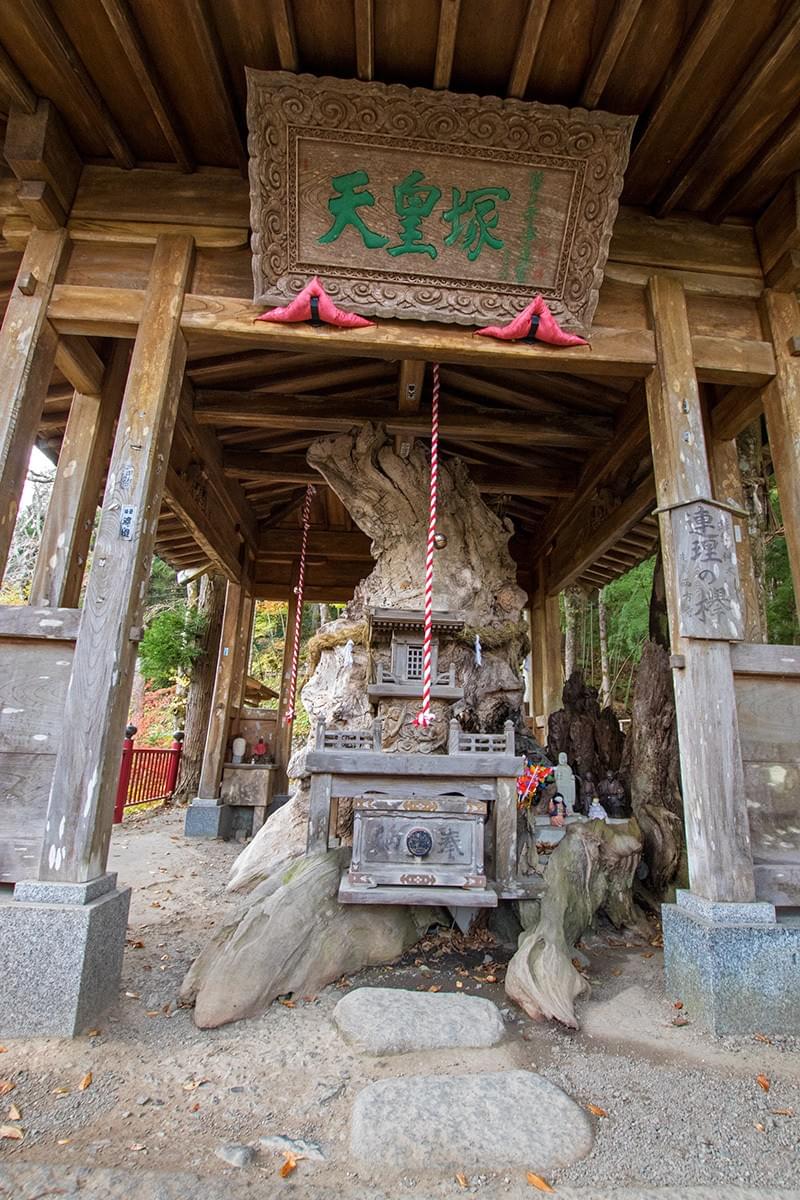

The main hall, built in 1999, is built without any nails or bolts. Nevertheless, it can survive any earthquake or typhoon.
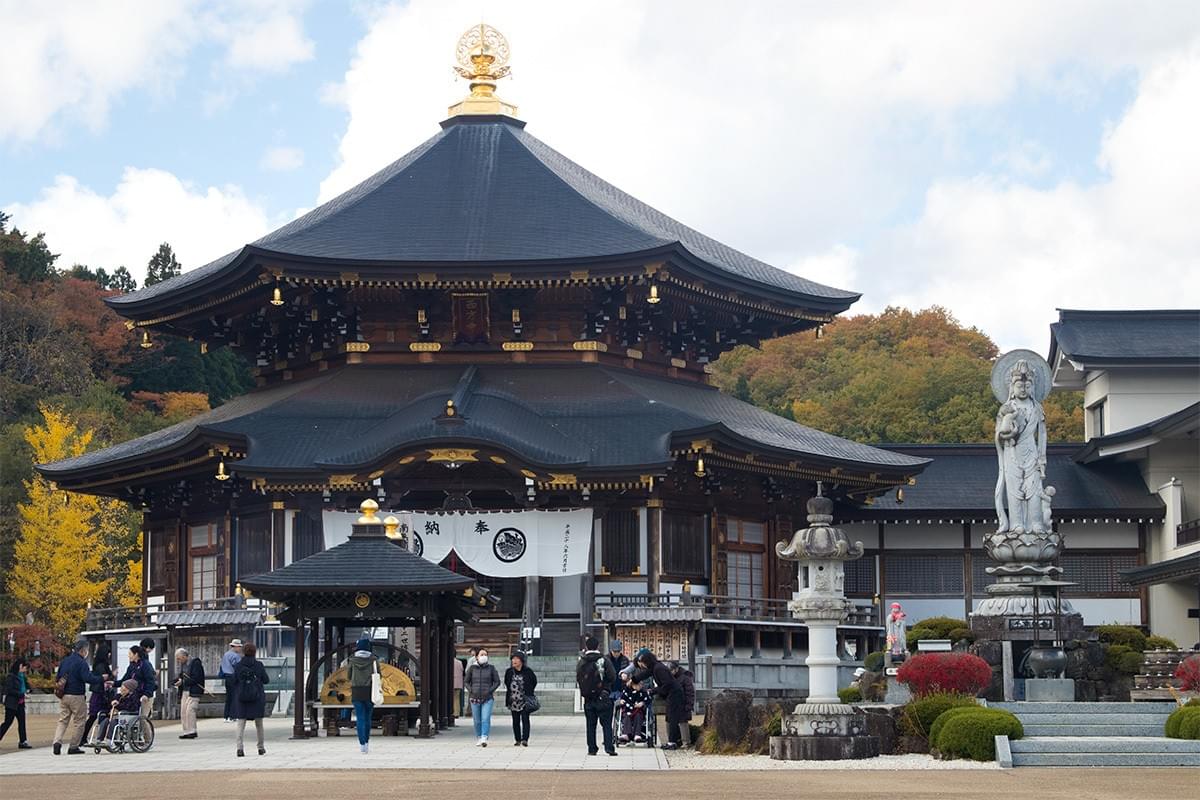
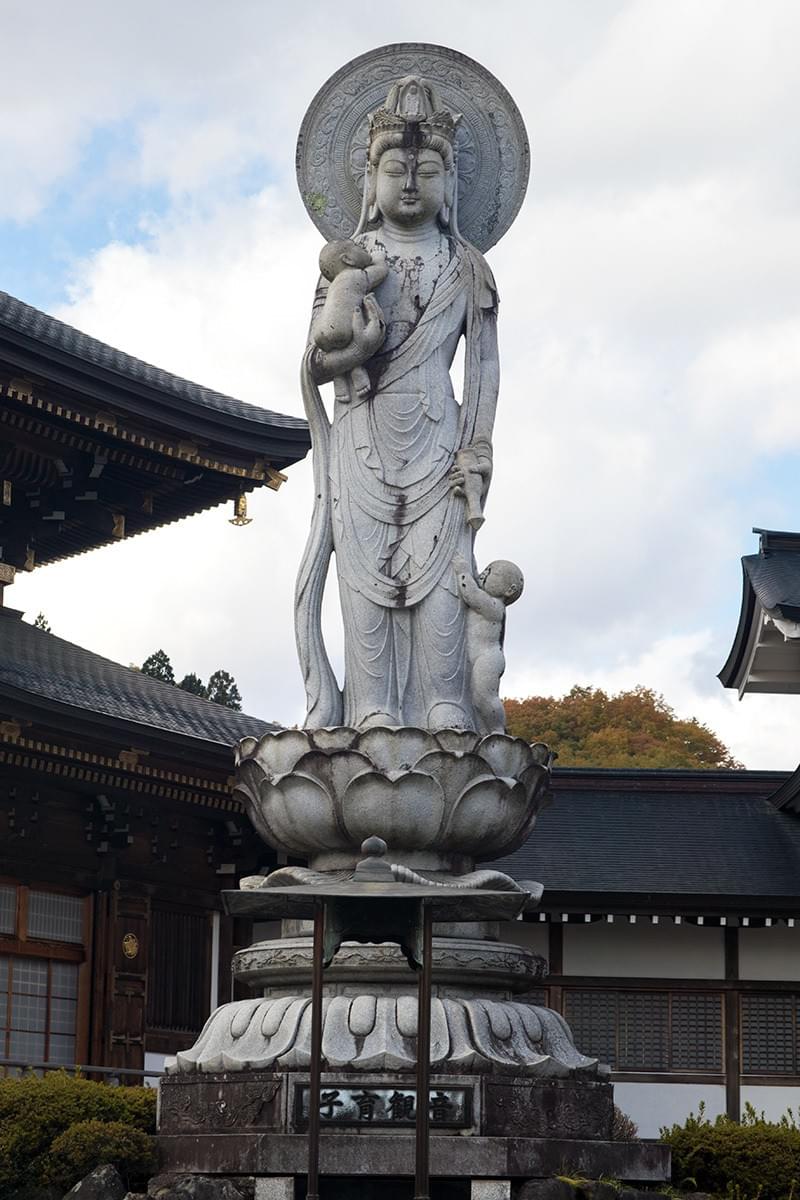
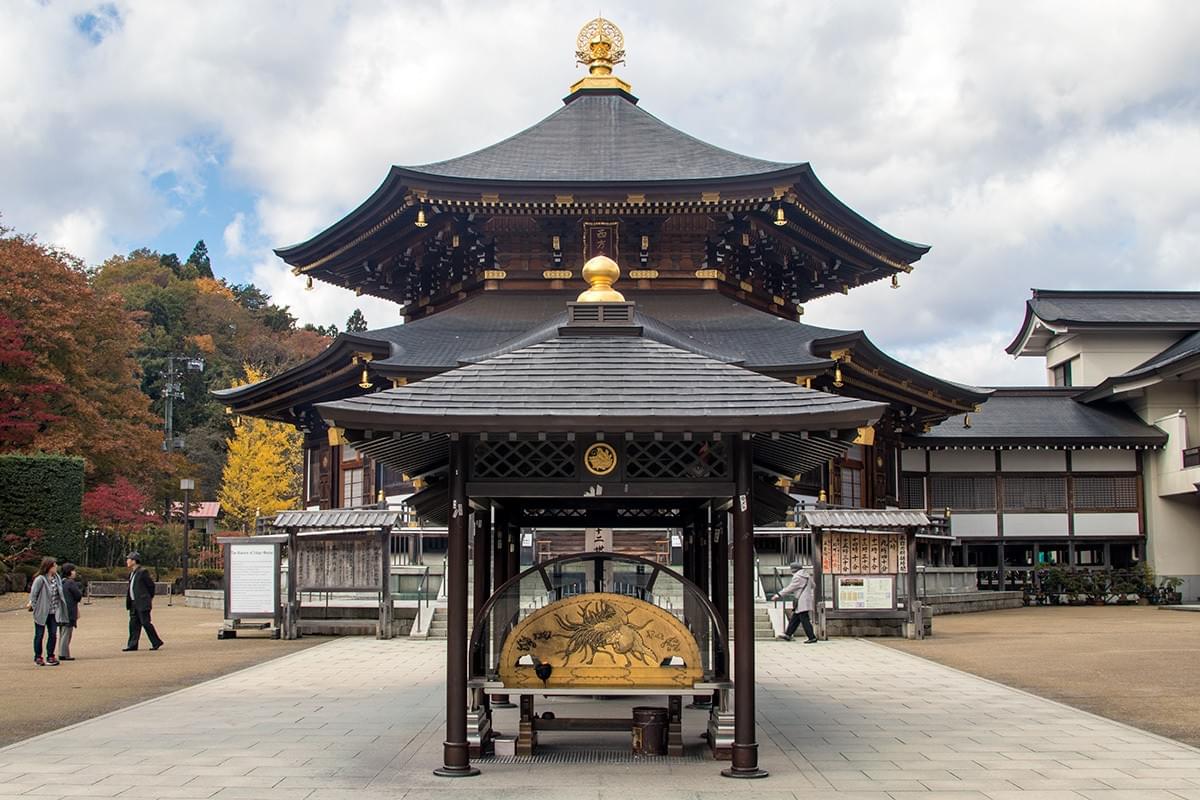
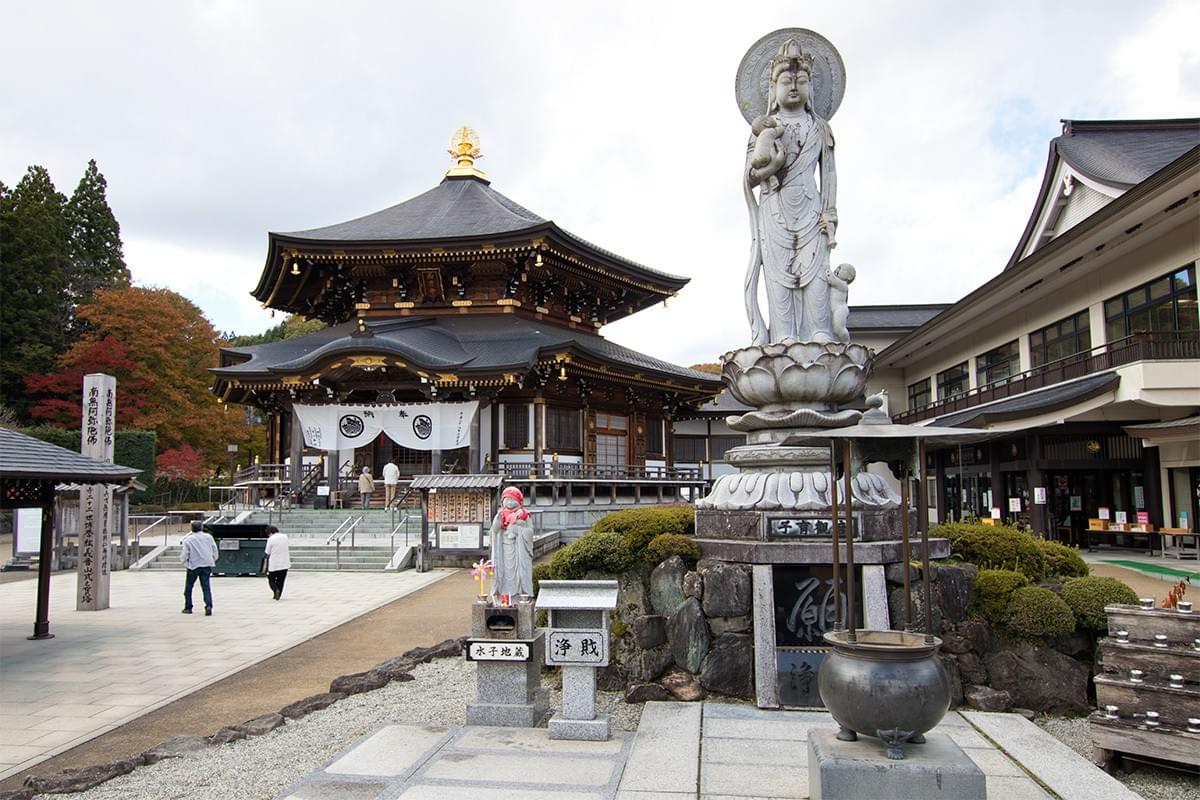
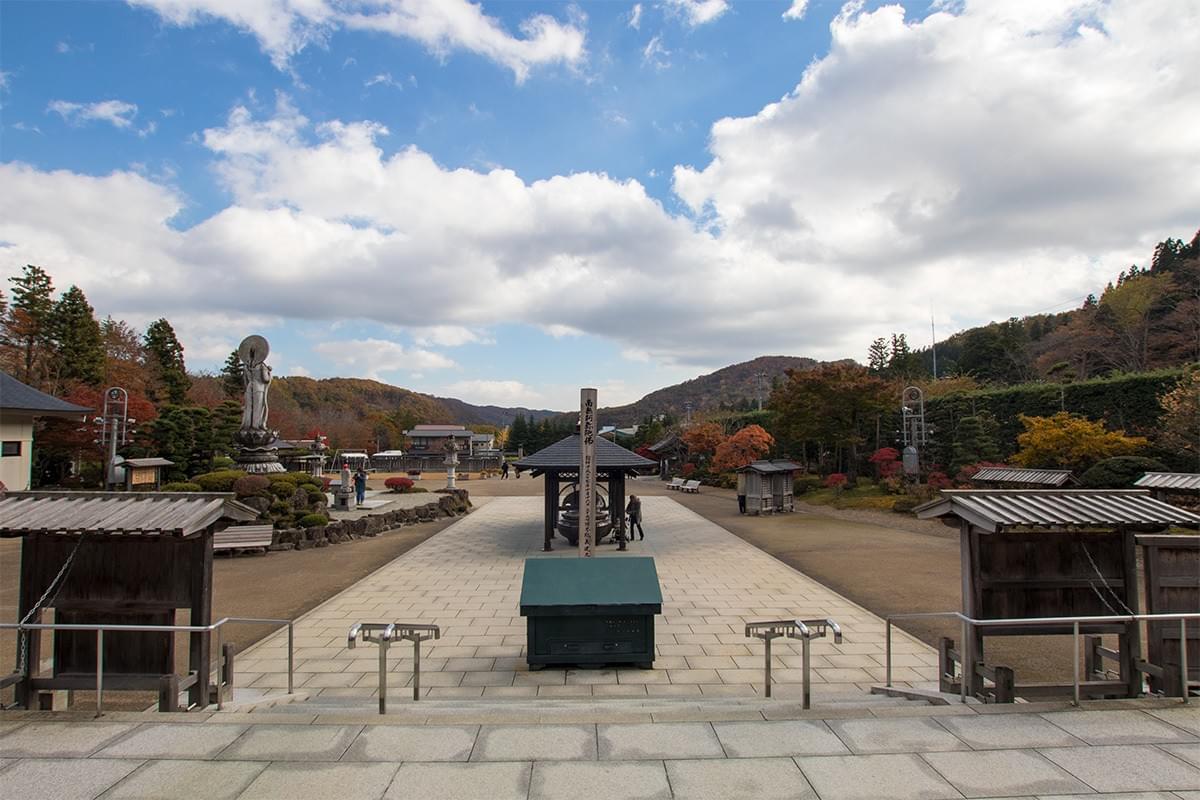
On the other side of the road from the main hall, there is a beautiful five storied pagoda, a tea ceremony house and a temple museum where you can have a cup of matcha, green tea and take a rest.
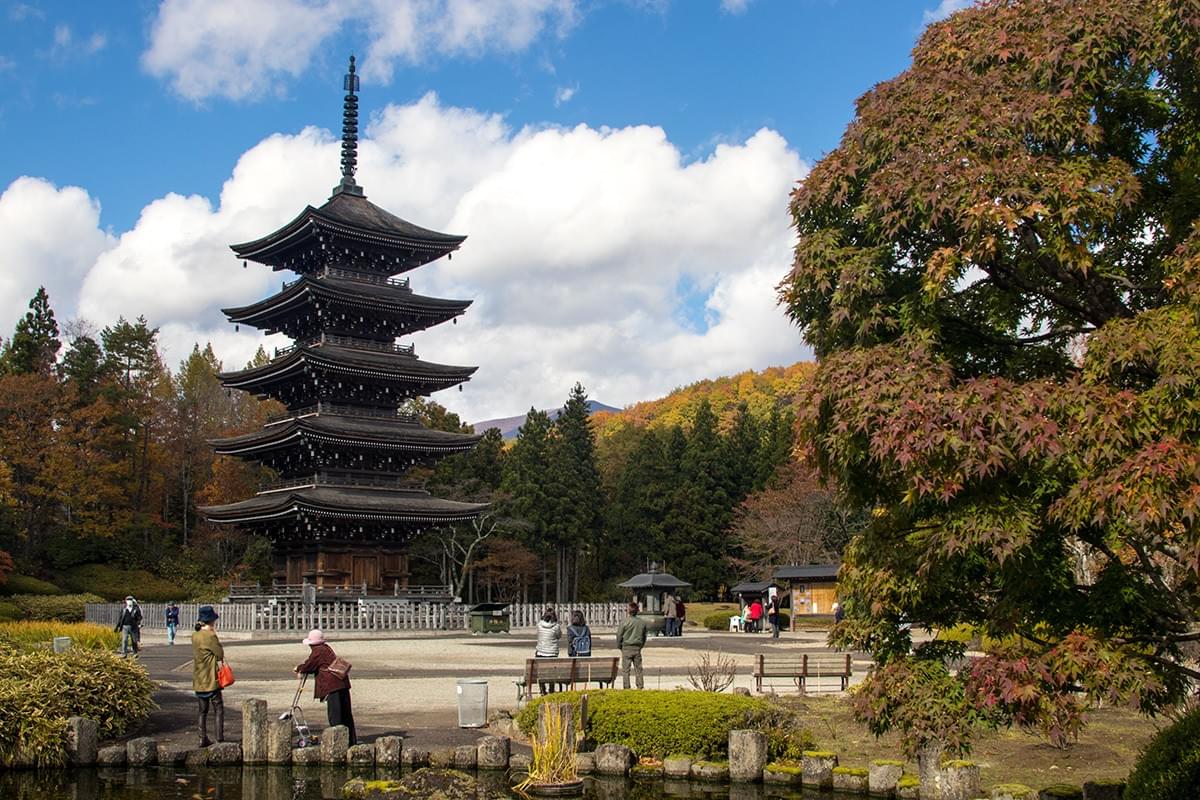
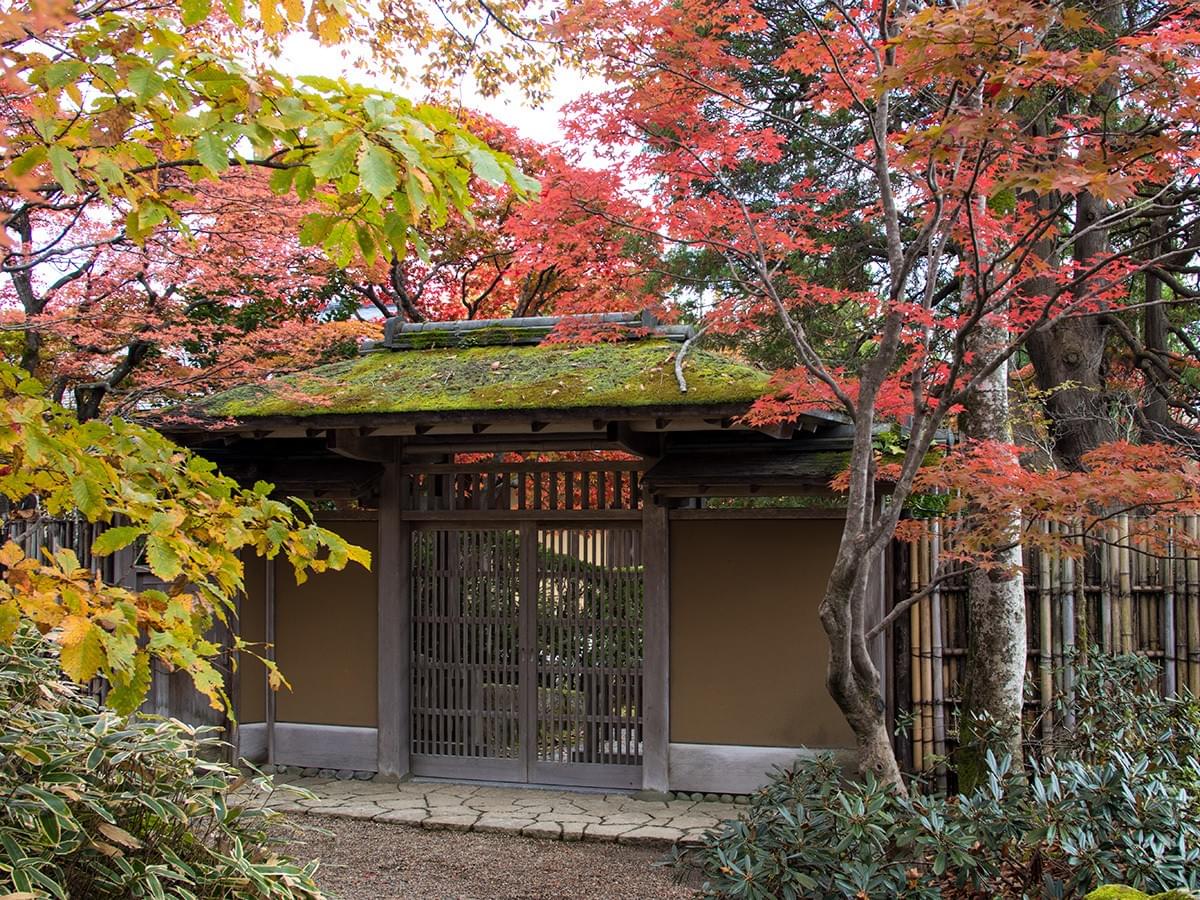
After that, how about feeding some carp in the temple’s pond?
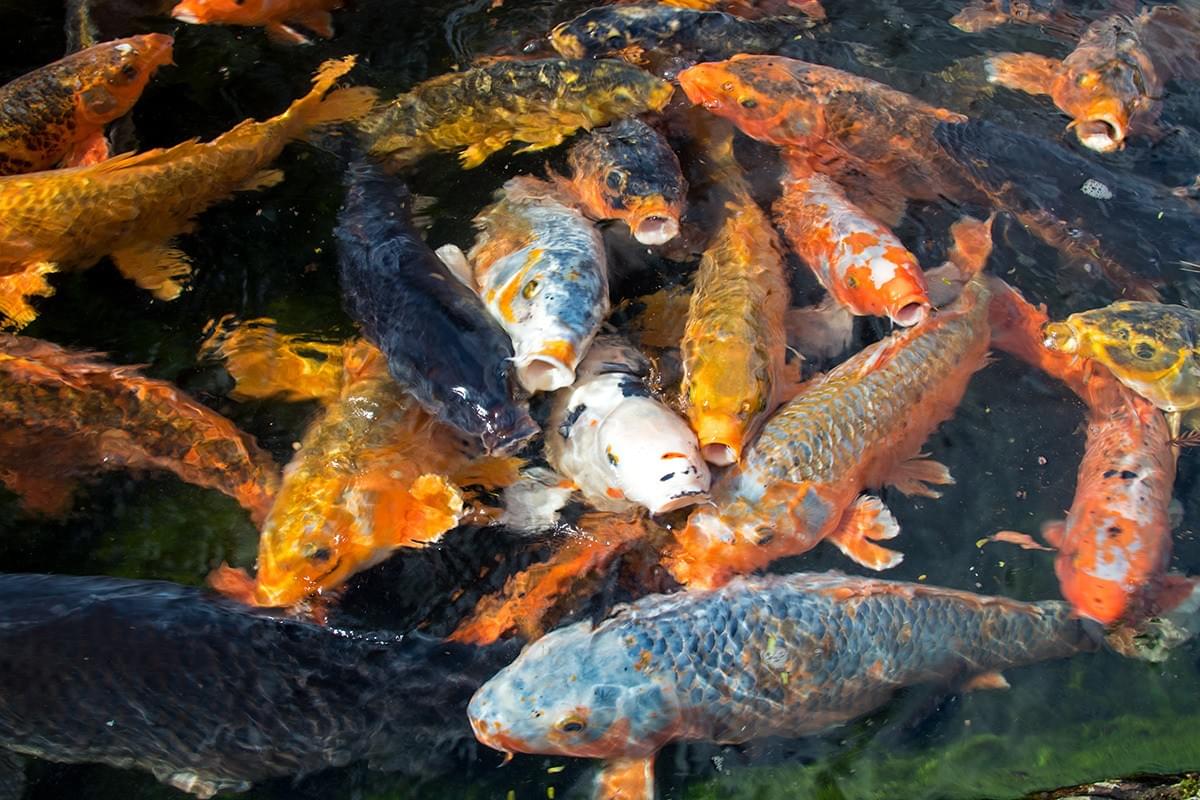
Don't forget to buy some fish food!
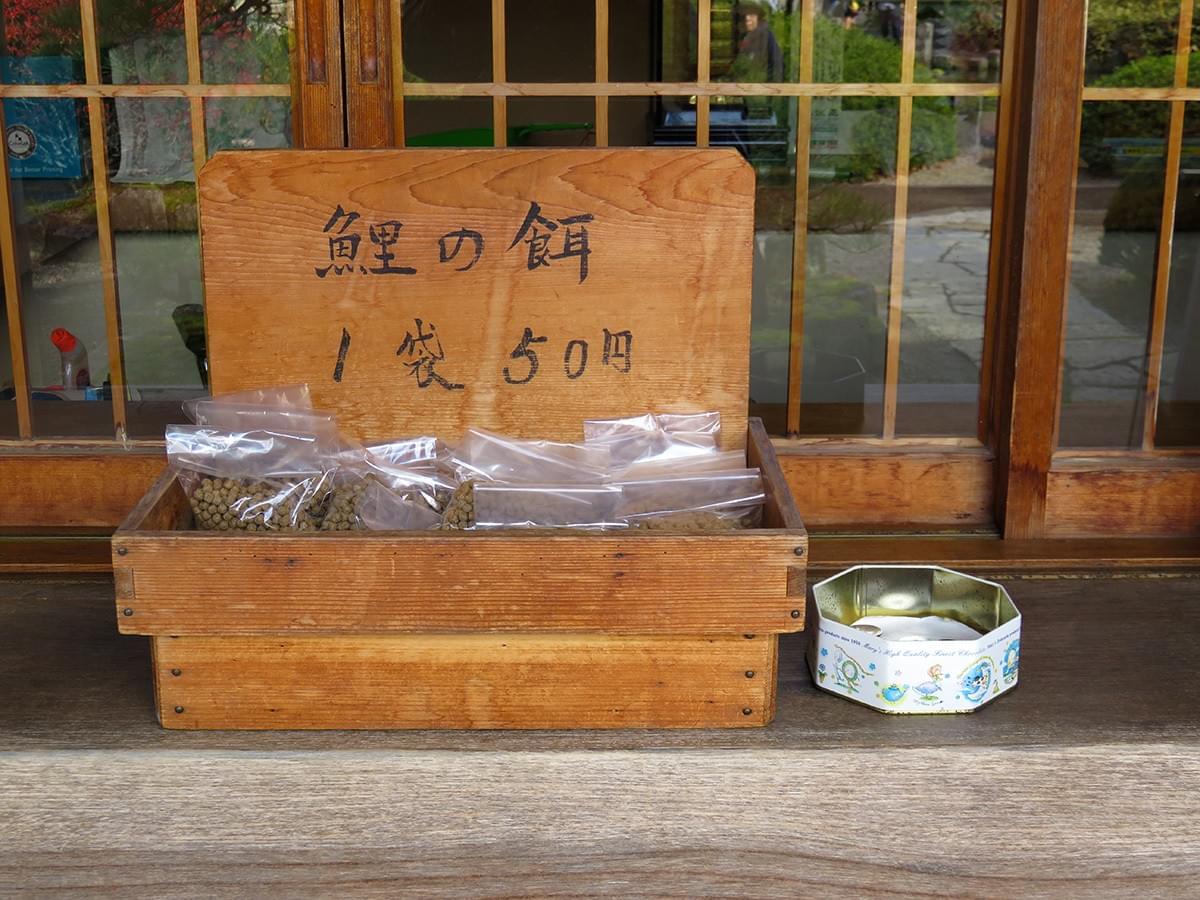
Johgi Nyorai is just one ~80 minute trip from Sendai. Take the bus that goes to Johgi Nyorai, and dive in an incredible atmosphere of buddhist worldly prayers and beautiful views!
